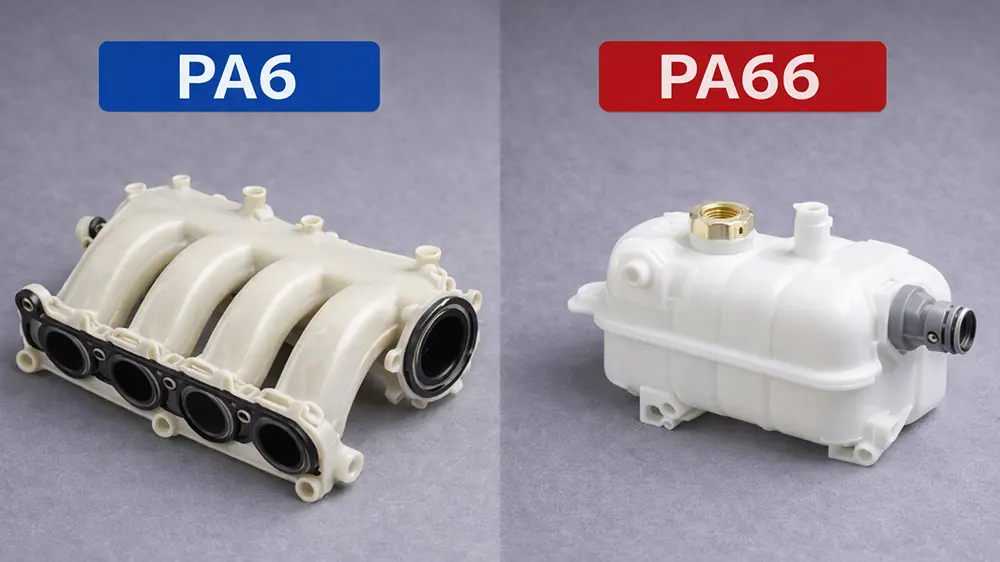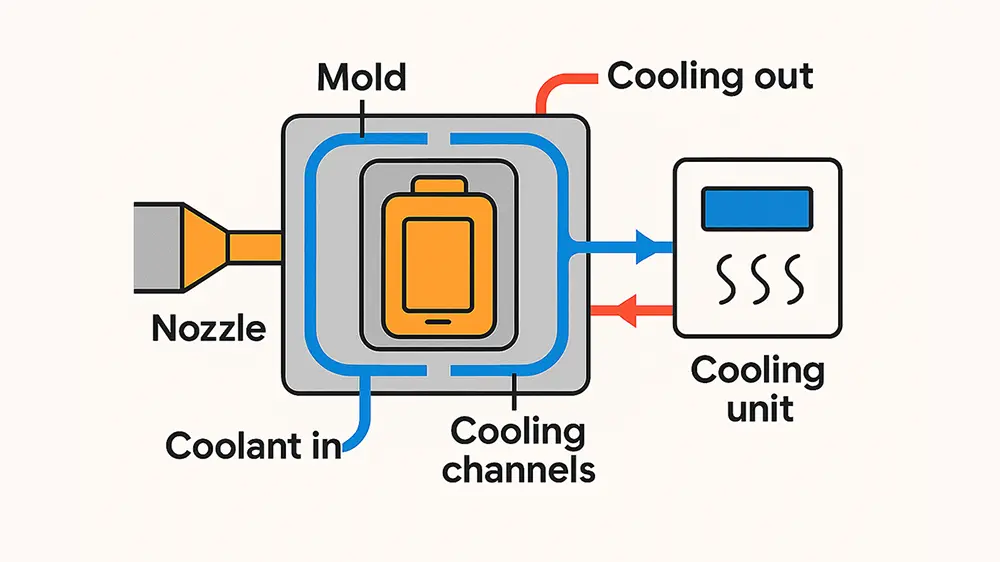The way the product looks and feels is the most important thing because it appeals to the public. Injection molding surface finish is used to give a nice look to the molded parts. Surface finish is given to these molded parts so that they feel and look better in the hands of the customers.
No matter how good the product is, if it does not have a suitable surface finish, then it is not considered a good value. We believe in delivering good quality products to our customers.
Once the molding is done, some parts require more processing. This is when surface finishing comes in. It is either done for aesthetics or better appearance. Surface finishing also helps your product to perform better. It is directly related to the quality of the product too.
These surfaces are divided into categories by PIA, VDI, and SPI standards. SPI grades are most commonly used. These grades are discussed below.
Types Of Injection Molding Surface Finish
It is divided into four major categories. It has different requirements that allow a certain deviation. The one with the lowest number allows less deviation than the one with the highest numbers.
- Shiny Finish
The grades that are assigned to this finish are A-1, A-2, and A-3. It is usually done on hard tool steel molds.
Diamond powder is mixed with oil and polished on a mirror. The name tells us how shiny, smooth, and expensive they might be. You must have seen plastic mirrors, lenses, optical goods, and visors.
Clients will have to spend a lot of money on this.
The method that is used for this type is circulatory. Because of this, light rays are scattered, thus giving it a shiny finish. Other names used for this are “buff finish,” “Diamond finish,” and “A finish.” A2 is commonly used in industries these days.
This helps us to deliver aesthetic parts to the customers. If you need a smooth surface finish, then you must go for this.
- Semi-Shiny Finish
This has a lower grade than the shiny finish. It has an SPI grade of B-1, B-2, and B-3. It gives a semi-shiny finish to the hard steel molds. These are polished with emery cloth or gravel sandpaper. It is polished in a linear motion, thus giving it a linear pattern.
Mould, machining marks, and tools are not shown in these plastic parts. It gives fine touch to the parts at a reasonable cost.
This is usually used for the least important parts of the end product. They do not have to be beautiful but just important to help make the end product.
- Matte Finish
This is the third one in the category with the SPI grade of C-1, C-2, and C-3. This gives a matte finish to the steel molds. Unlike the shiny finish, this is polished with stone powder.
It also doesn’t show the machining, tools, and molds marks. We use a thermoset or a dicast when making parts for the plastic industry.
These finishes are very popular among the industries. Customers ask for this type of finishing. It is also called “stone finish” because it helps hide the unnecessary marks and gives a good release.
When we want to have a grade A or B finish, we tend to go from grade C, so grade C is the initial step towards grades A and B.
This is also common for parts that play a major role in the functionality but does not need to look good. It is mostly used in consumer goods and industrial parts.
- Textured Finish
Sometimes customers need old finish grades, and that is when this type of surface finish comes in handy. The parts are first flattened using fine stone powder and then dried with glass beads or aluminum oxide.
It doesn’t make a difference if you’re using either one of them. This drying material depends on the type of material used. This process results in a non-directional and smooth surface of the parts.
RJC believes in quality which is why we make sure that it has a good grip. This also hides the machining marks along with deformation marks. It also removes the fingerprint smudges. It is mostly for parts that have a satin or dull texture.
You can look for many examples around yourself, as the products with handles. Customers want those handles to be textured finished because then it shows the good quality of the product.
All four of these are important for different industries. Customers ask for a specific type of finish based on their end product. Sometimes they need all four of them on their product because of the nature of the product.
Every finish gives a unique character to your product. You need to have the right information before opting for the right material, process, and finish.
You need to keep the cost, production life, and quality criteria in mind before going into full production of your product.
Advantages Of Painted Surfaces
Painted surfaces are different from textured surfaces. These paint surfaces can help as nonconductors of electricity. Some of the products cannot catch electricity at any cost.
If they do catch electricity, then the entire product gets ruined. The painted surface prevents any type of static electricity that might build up over time.
It also makes it look aesthetic. When you look at a certain product, the first thing that attracts you is its color and the way it looks. The painted surfaces help the product look and feel better than it already was.
It also protects against any type of chemical exposure. Some of the products have to be under the sunlight at all times, and so they get destroyed but the painted surfaces do not let that happen. It stops the material or the product from deteriorating.
One of the most important advantages is that you can paint the surface in every color. You name it, and we’ll paint it! You can even blend in colors and make it more visually appealing.
Advantages Of Texturing
This might not be as visually appealing as the painted surfaces, but it serves its purpose right. It is done on the products that need to have a tight grip. Knobs are very examples of this type.
They need to have a texture for people to turn it and open the product. It is also advantageous for those who want certain things to be copied. It copies the exact look of some other product.
This is also asked by clients because they want to hide the imperfections of the end product. This conceals all the fingerprints and the machining marks so they do not show on the surface of the end product. It also has many texture profiles available. The textured thickness helps give more grips.
Functionality Vs Appearance
If you think that appearance is more important, then let us correct you there. Both functionality and appearance are important when you want your end product to stand out.
Designers choose texture because they want the product to look much more appealing and better than other products in the market.
They think that the textured finished products are better because it hides the mistakes of the machines. It is also very important when the product is to be used under harsh conditions, but that is not the case when it comes to functionality. Both of these factors are very important.
To work with the best companies for your product, it is important that you know all about the injection molding surface finish and its standards. RJC believes that you must choose your own. When you start working with the right plastic injection molder company, then they will help you achieve your goals at any cost.
This surface finish will have a huge impact on the end product. As discussed above, the advantages of these painted and textured surfaces will help you determine what material to use and what process to opt for.
It is important that you consider this before making final decisions toward your end product. The design can change during the early stages, but it cannot change once you are halfway through your production.





